At home, commands like sit, stay, and come might be all you need. But if you travel together, teaching your dog some additional skills will make your experiences better for you both!
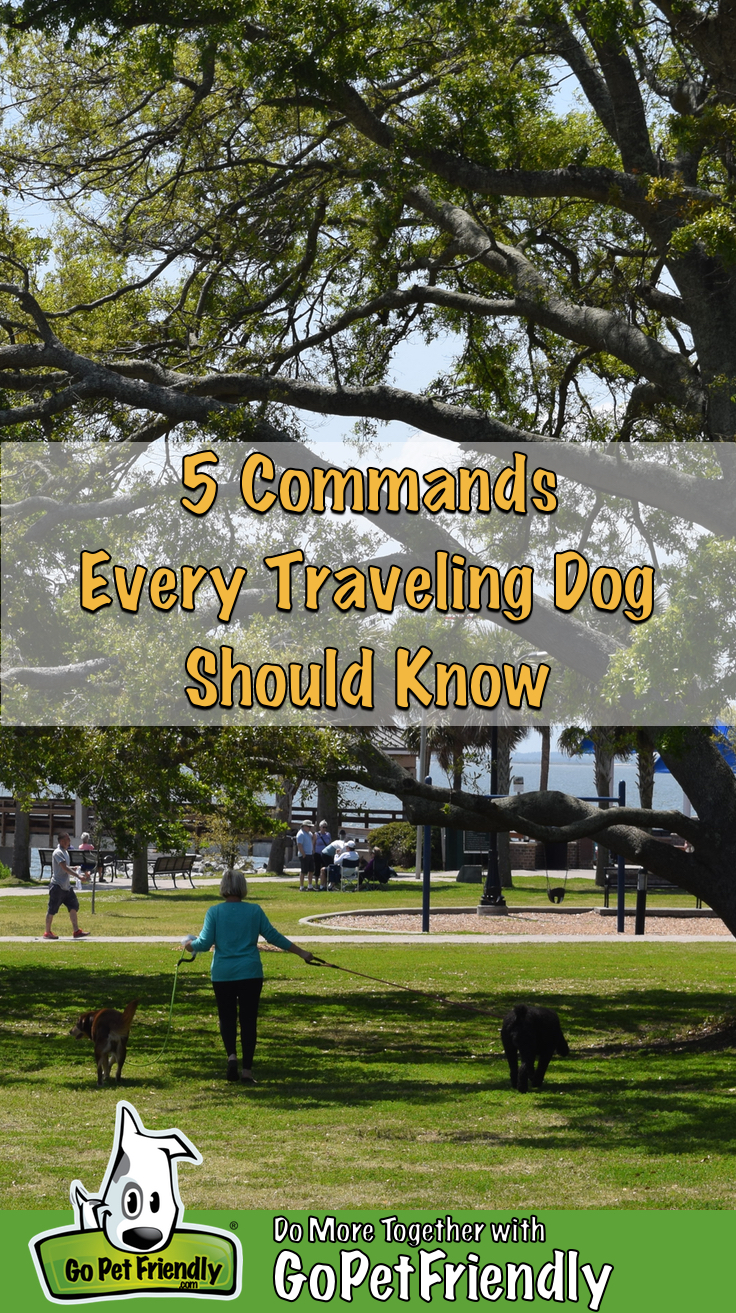
Part of the fun of traveling with our dogs is the opportunity to see them experience new things. And it’s our responsibility to help them navigate these new environments and encounters safely and happily. Using these commands, you and your traveling dog will communicate more effectively — making every adventure even better!
5 Commands To Teach A Traveling Dog
Here are the five most useful commands for a traveling dog, along with ideas for when to use them, and tips on teaching them to your pup.
1. Command: Go To Bed
This is one of the most versatile commands for any traveling dog! It simplifies life whether you’re cooking in the kitchen, or trying to keep your dog safe around a campfire. You can also use it when you’re eating on the patio at a pet friendly restaurant, or need your pup to settle down on a scenic train ride. And, if your pup is fearful, you can use this cue to help her feel safe and build confidence in situations she finds scary.
READ MORE ⇒ Taking Your Dog To Pet Friendly Restaurants
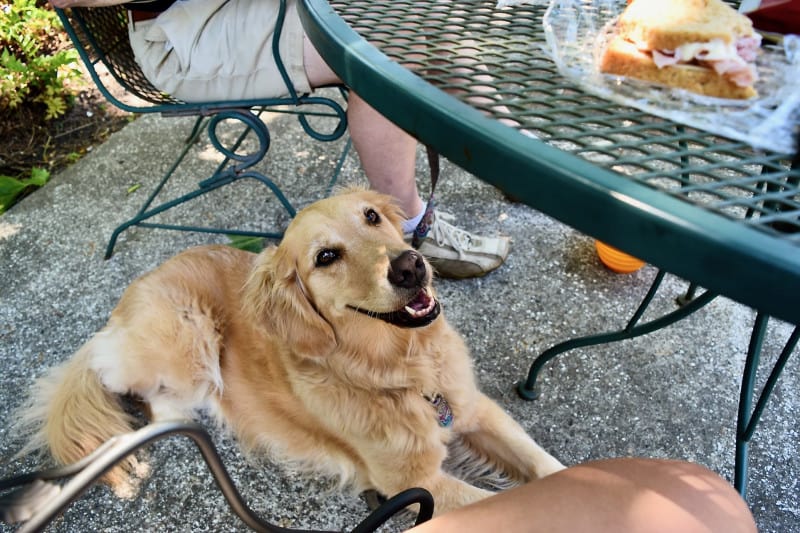
What It Looks Like
When I tell Honey to “go to bed,” she looks for the nearest rug or mat and lies down. Most dogs will associate this cue with one particular mat or bed, so teach yours to lie on something small and easy to pack, like a towel or a section of old yoga mat.
You’ll know your training is a success when your dog settles down and relaxes on her blanket in your hotel room or on the ground at an outdoor concert.
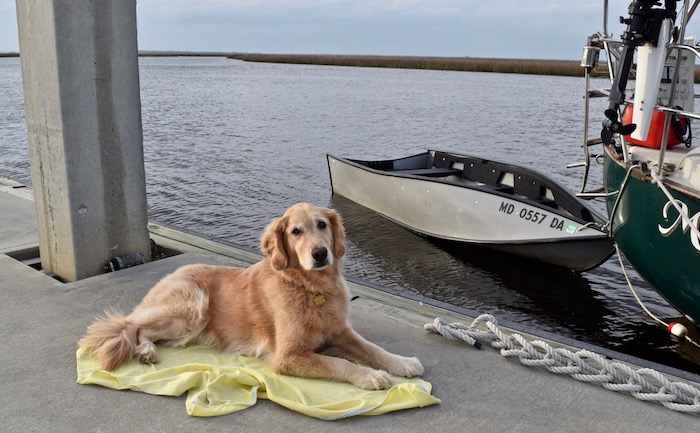
How To Teach It
Supplies: A towel, an ordinary treat like kibble, and a high-value treat like chicken, jerky, or dried liver
- Grab a towel or mat that is new to your dog, and make a big fuss over it … like it’s better than money.
- Place the towel on the floor near you. The instant your dog shows any interest in the towel (steps on it, looks at it, or sniffs it), say “yes” (or use a clicker) and toss an ordinary treat on it.
- Repeat several times.
- Once your dog is standing or sitting on the towel, give her a release cue. I say “go play,” but “free” or “okay” also work, and then toss an ordinary treat off the towel for her to retrieve.
- Continue to reward your dog for stepping on the towel and for leaving it.
- When your dog has begun to move to the towel by herself, say “Go to bed!” whenever she steps on the towel.
- When she lies down on the towel, praise her effusively and give her a high-value reward.
- When your dog is reliably following your cue to lie down on the towel and stay there, start adding small distractions and reward her for staying put. Build the distractions over time, using high-value treats in situations your dog finds especially challenging.
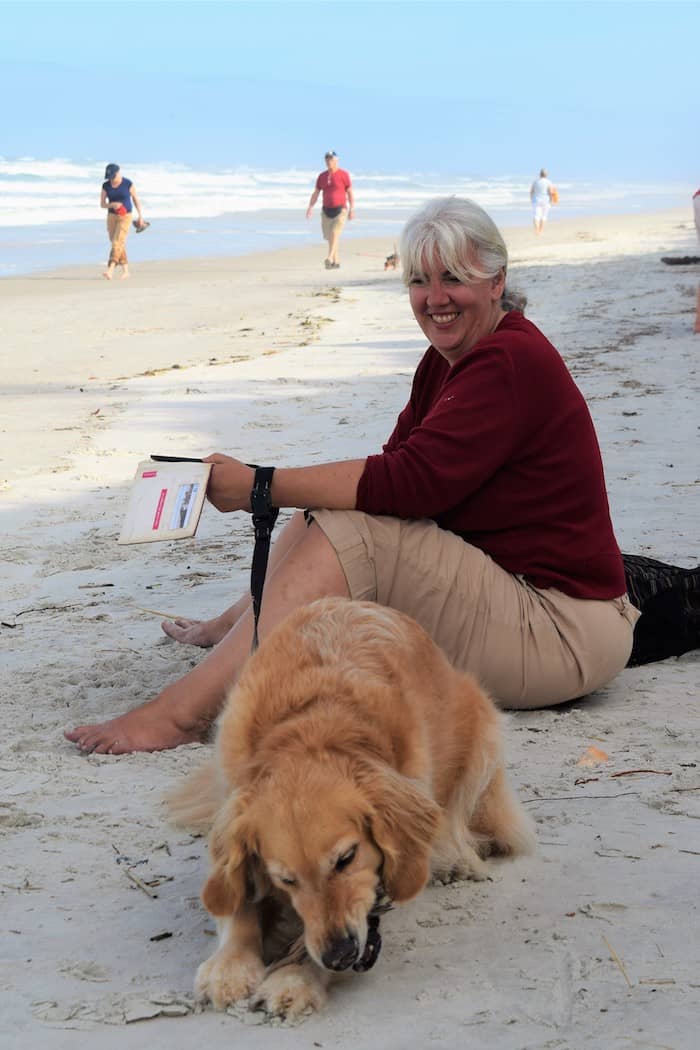
2. Command: With Me
In the old days, this was called “heeling.” It was a signal for your dog to walk in lockstep with you until released. Honey and I aren’t competing in obedience trails, but there are times when this command will help every traveling dog. A relaxed version of heeling, “with me” can be used when you’re crossing the street, moving through crowds, or tying to avoid other animals.
READ MORE ⇒ More Tips For Training Your Dog To Travel
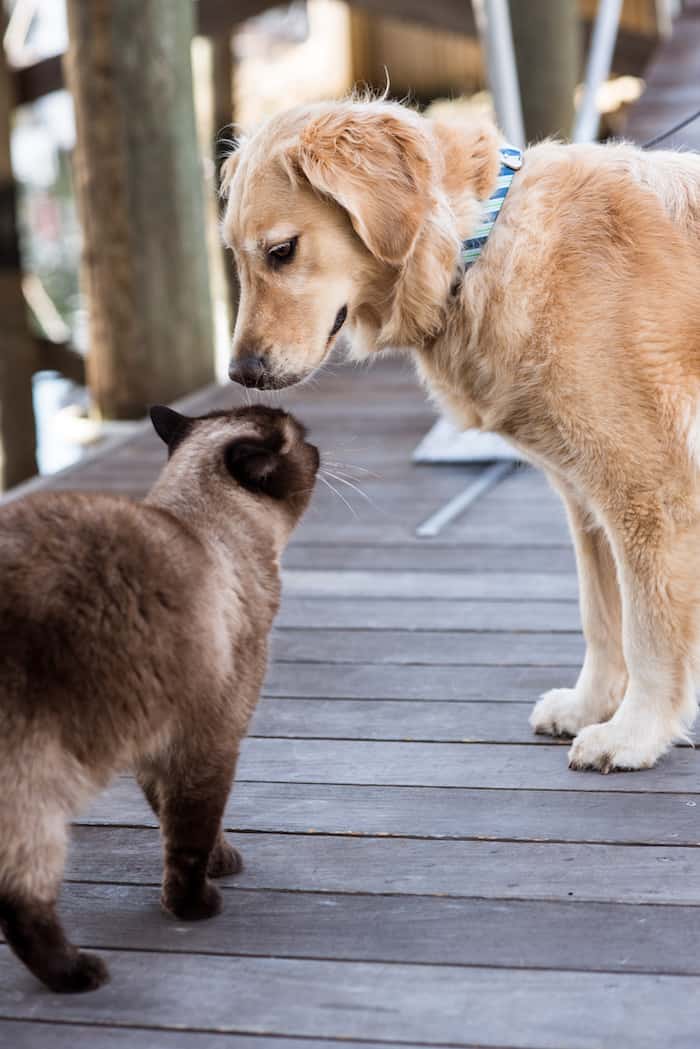
What It Looks Like
When I tell Honey “with me,” she makes eye contact and walks close to me until I tell her, “go sniff,” which is her cue to lead with her nose.
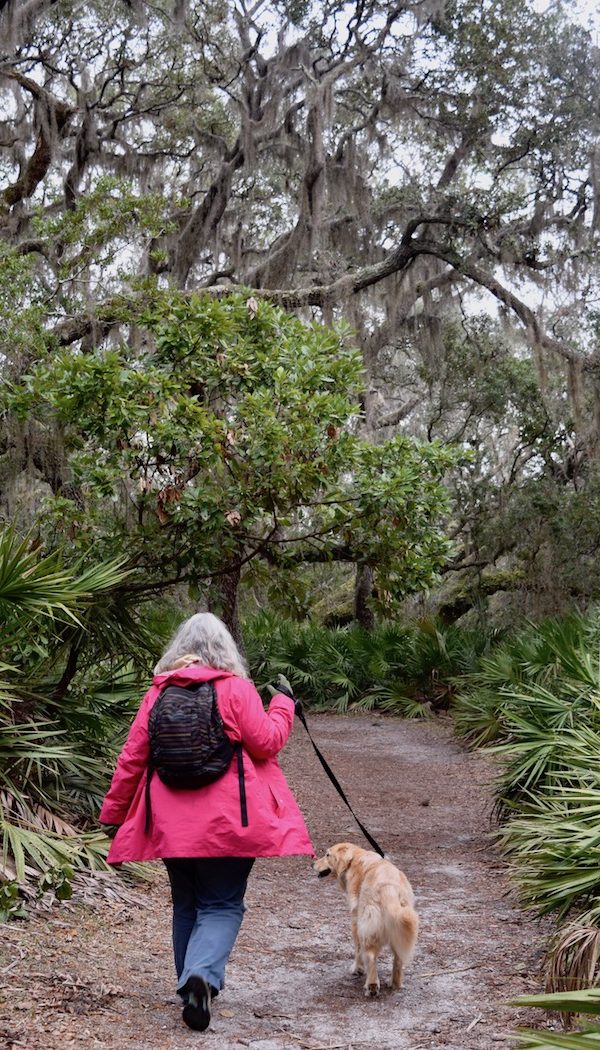
How To Teach It
Supplies: A six-foot leash (not retractable) and a treat or toy that interests your pup
- Start indoors. Put your dog’s leash on her and stand still.
- Show her the treat or toy near your leg while taking a step forward.
- Say “yes” (or click) when your dog steps forward with you and give her the treat or toy.
- If your dog strains at the leash or pulls (hopefully she won’t in your living room—unless you have squirrels in the house), ignore her.
- Repeat, adding steps and increasing the length of time between rewards, until your dog is reliably walking beside you.
- Once she is walking at your side, start using the cue “with me.”
- When your dog is reliably moving at your side on leash indoors after you say “with me,” grab your treats and move to the backyard.
- Add distractions slowly until your dog walks by your side after hearing “with me.”
- When you no longer need to have your dog at your side, release her with your chosen cue.
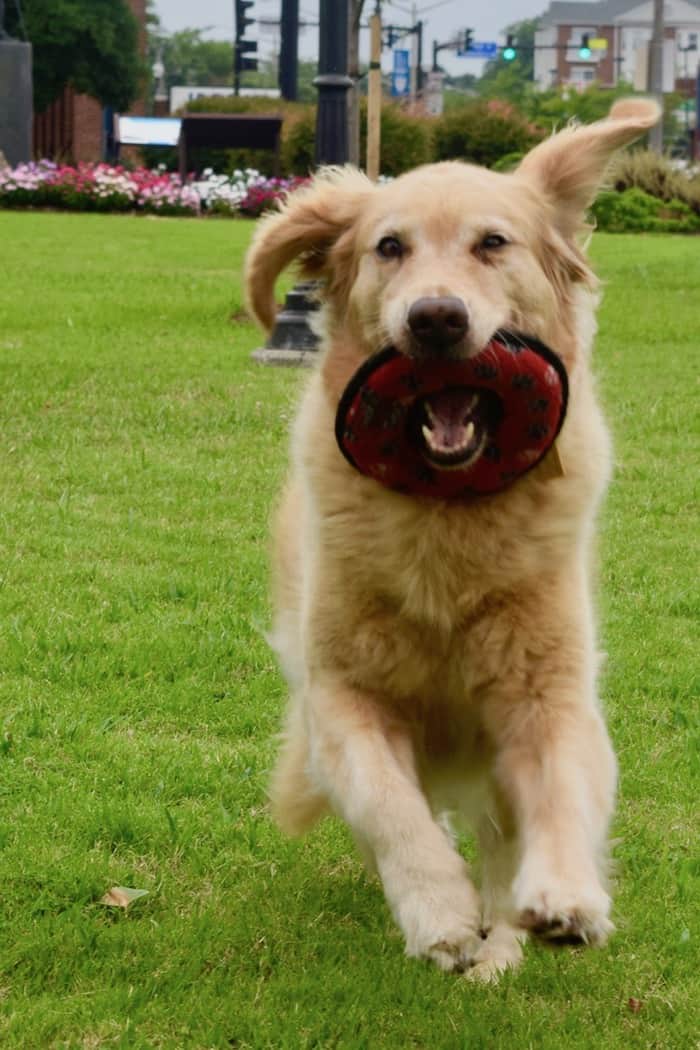
3. Command: Wait
“Wait” is a vitally important command for traveling dogs. When I tell Honey to “wait,” I want her to stay where she is for a short time until she gets further instructions from me. (This isn’t the command I use when I expect her to sit or stay for a long period.)
For me, this cue keeps Honey from jumping off the boat before I’m ready. You might use it to keep your dog in the car until she’s leashed and you are ready to go. Or to get your dog to stop if you accidentally drop the leash.
I also find it useful for reattaching Honey’s leash at the end of playtime on a pet friendly beach. I never tell her to “come” to put her leash back on, because I don’t want her to associate coming to me with the end of something fun. Using “wait” allows me to move to her so we can continue on to our next adventure.
READ MORE ⇒ America’s Best Dog Parks
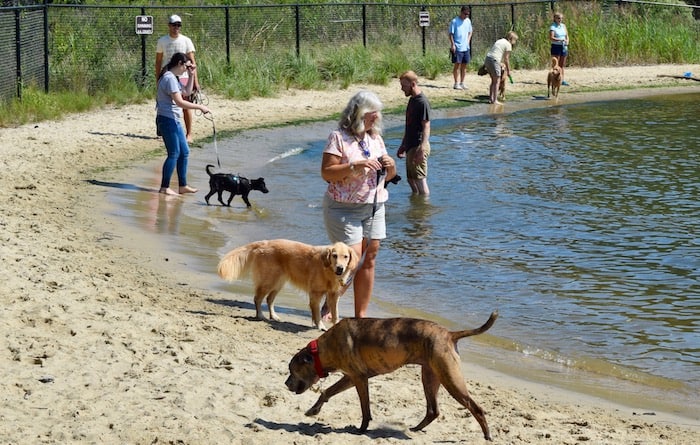
What It Looks Like
When I say “wait,” Honey stops walking, looks at me, and stays put until I tell her it’s okay to move again.
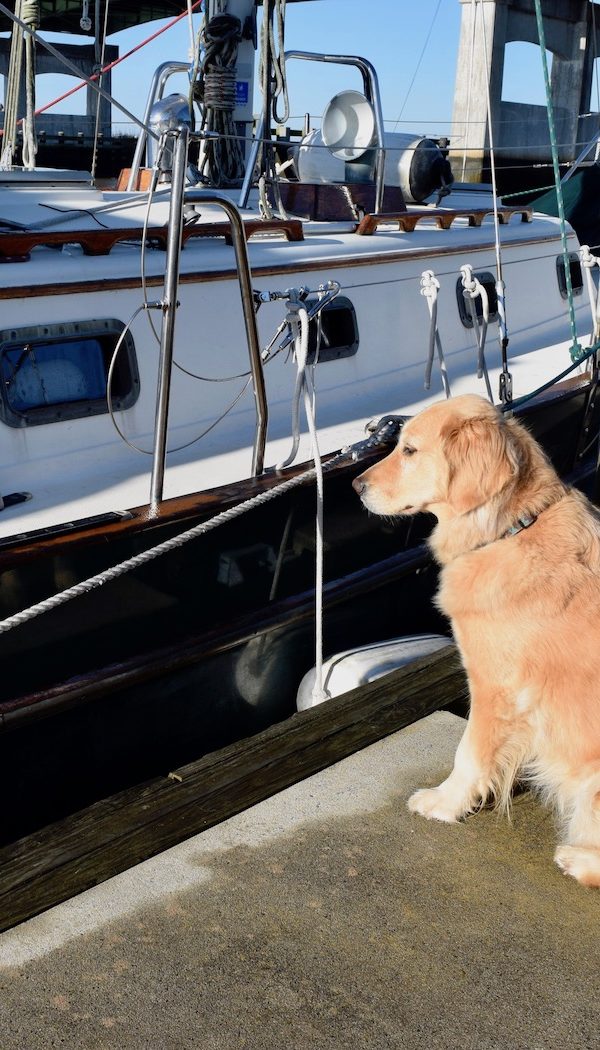
How To Teach It
Supplies: None!
To teach your dog this command, you must help her understand that waiting is the very best way to get what she wants. Let’s use an example of going out the door, where the reward is being outside.
- Ask your dog to sit at the threshold of the door.
- Tell her to “wait” as you open the door a crack. If she moves forward, gently close the door.
- Repeat until you see her hesitate, even a little bit. When she waits a second and does not rush through the door, immediately open it to let her out.
- As she learns that waiting gets her what she wants, ask for longer waits before opening the door.
Once you and your dog have mastered this with a door in hour home, build on your success by moving to the car door.
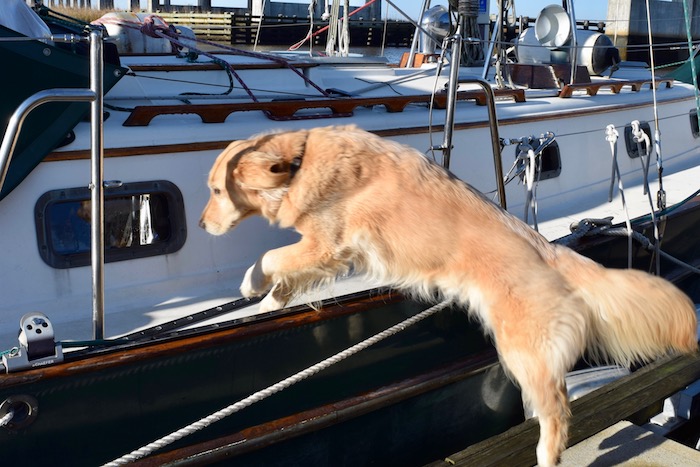
4. Command: Watch Me
I tell Honey to “watch me” when I see something ahead I know she’ll find tempting. This cue allows me to direct her attention to me so she doesn’t get into things she shouldn’t.
Of course, it only works if you see the temptation first. Good luck getting your dog’s attention after she notices the big bucket of fried chicken sitting on a park bench!
I especially appreciated this cue after Honey discovered the free-range armadillos of Georgia’s sea islands. Five seconds of eye contact is enough time for even the laziest armadillo to waddle back to her nest. Of course, if Honey spots the armadillo before I do, the armored creatures move much faster.
This is also a handy cue when you’d like your dog to look at the camera for photos!
READ MORE ⇒ 6 Simple Steps To Get Your Dog Posing For Photos
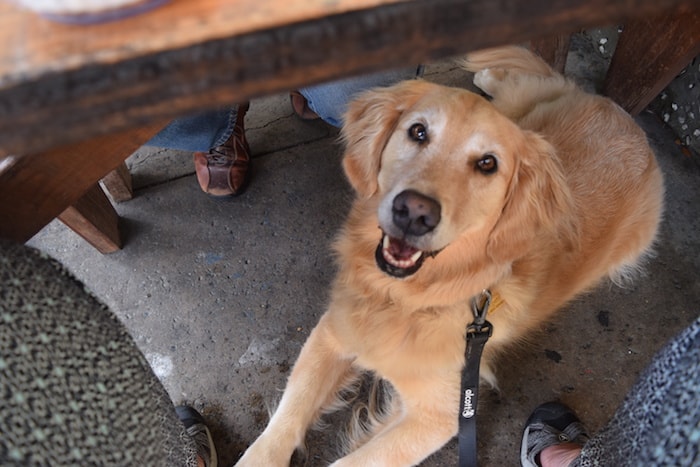
What It Looks Like
When I tell Honey “watch me,” she looks up at me and maintains eye contact.
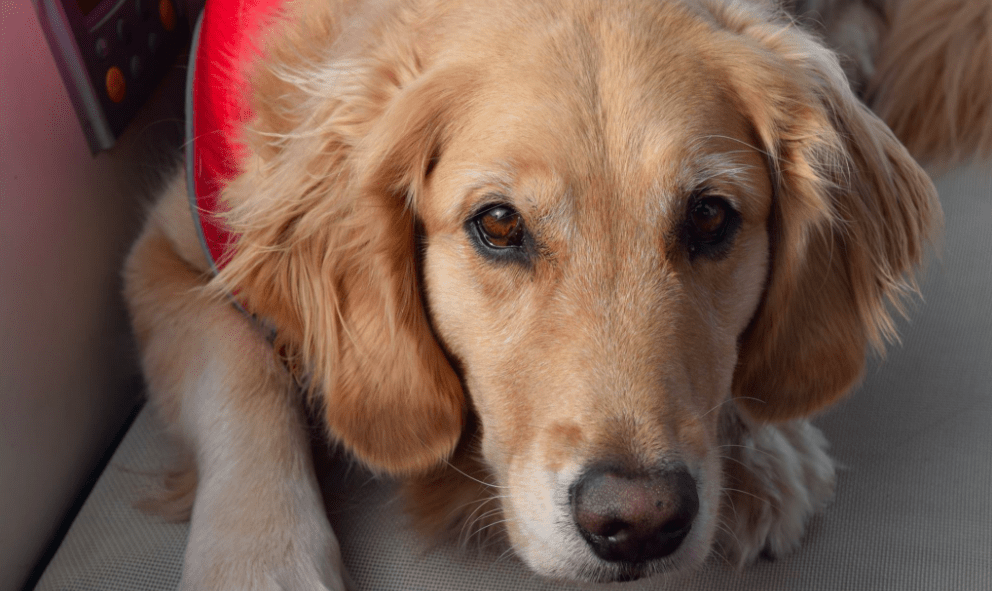
How To Teach It
Supplies: An ordinary treat, like kibble or favorite toy
- Hold the treat in front of your dog’s nose.
- Once you have her attention, take the treat up to your eye. If you keep the treat pinched between your thumb and second finger, you can use that motion as a silent hand signal later.
- When you have at least two seconds of eye contact, give your dog the treat or toy.
- Repeat, adding the cue “watch me” if you don’t want to rely solely on the hand signal, and build the length of time your dog will hold eye contact.
- Teach your dog to respond to the cue without a treat by praising her, but not treating her every time. Slowly decrease the treats over time.
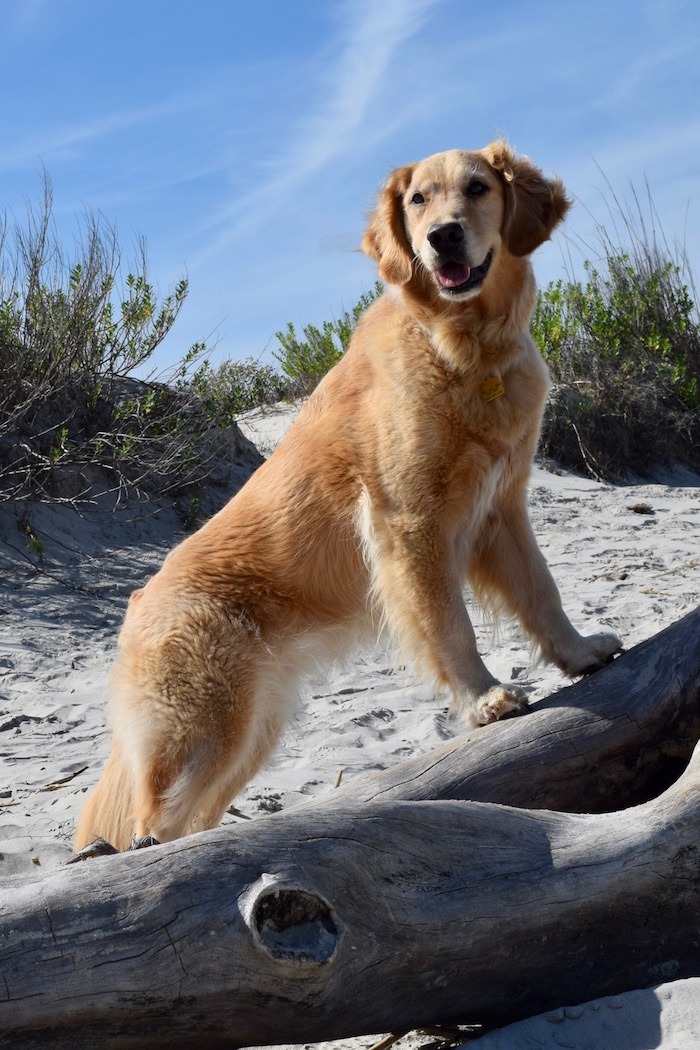
5. Command: Touch
Another of the essential commands for a traveling dog is touching your hand with her nose. This is the first step to training lots of other behaviors, like turning off a light switch, shutting a door, even some intricate moves in doggy dancing. But I find it useful to get Honey to move her body where I want it quickly and easily.
READ MORE ⇒ 5 Questions To Ask BEFORE Taking A Dog On A Boat
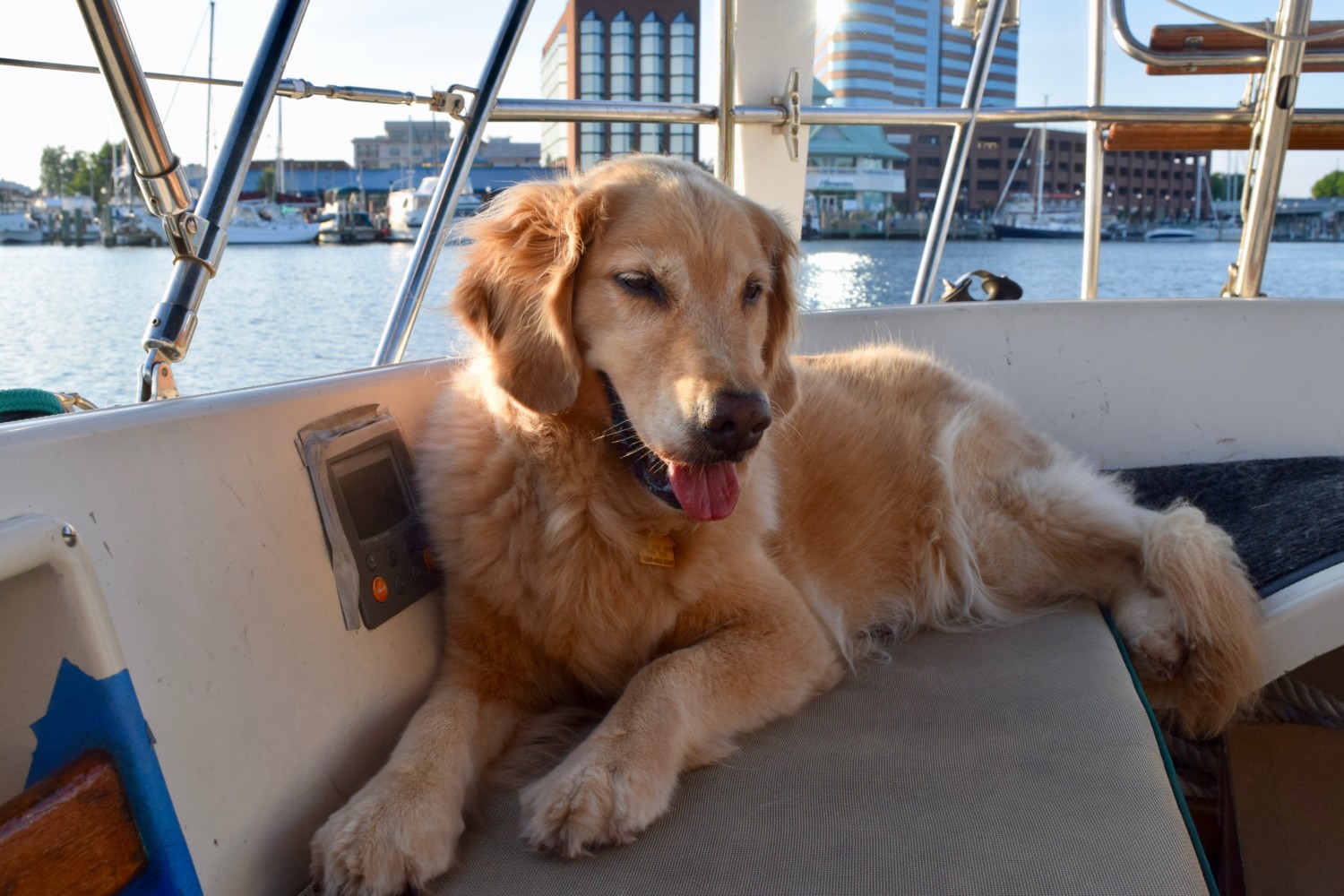
What It Looks Like
When I put my palm out and tell Honey to “touch,” she moves so her nose touches my hand. I can use it to direct her around hazards or to move her to the side of the restaurant table farthest from the server.
I think Honey would agree that “touch” is a much better solution than dragging her around by the collar.
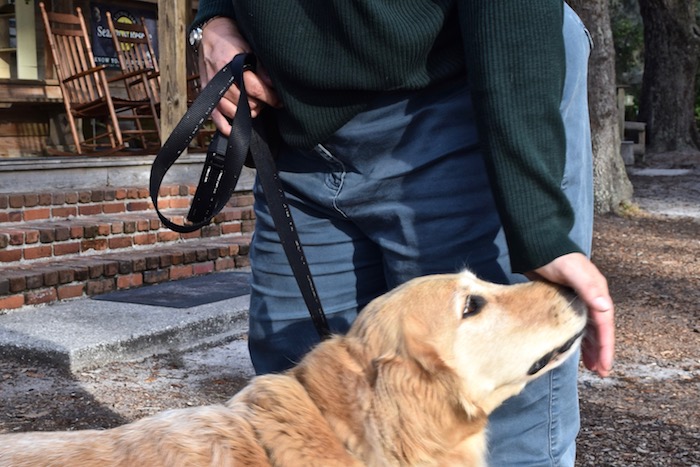
How To Teach It
Supplies: Small treats or a favorite toy
Because dogs are so curious, this is an easy cue to teach.
- Put your hand in front of your dog. As she investigates and touches it with her nose, say “yes” (or click) and give her the treat.
- Put your hand behind your back and wait a moment before placing it in front of your dog again. Reward her when she touches your hand with her nose.
- Repeat until your dog touches your hand every time you place it in front of her.
- When she is doing this reliably, say “touch” just as she touches your hand with her nose.
- The more you repeat this, the more you will find your dog touching your hand with her nose as soon as you use the cue/command.
- Practice with both hands so your dog “touches” whichever hand you present to her.
- Reward every touch, using praise and treats intermittently.
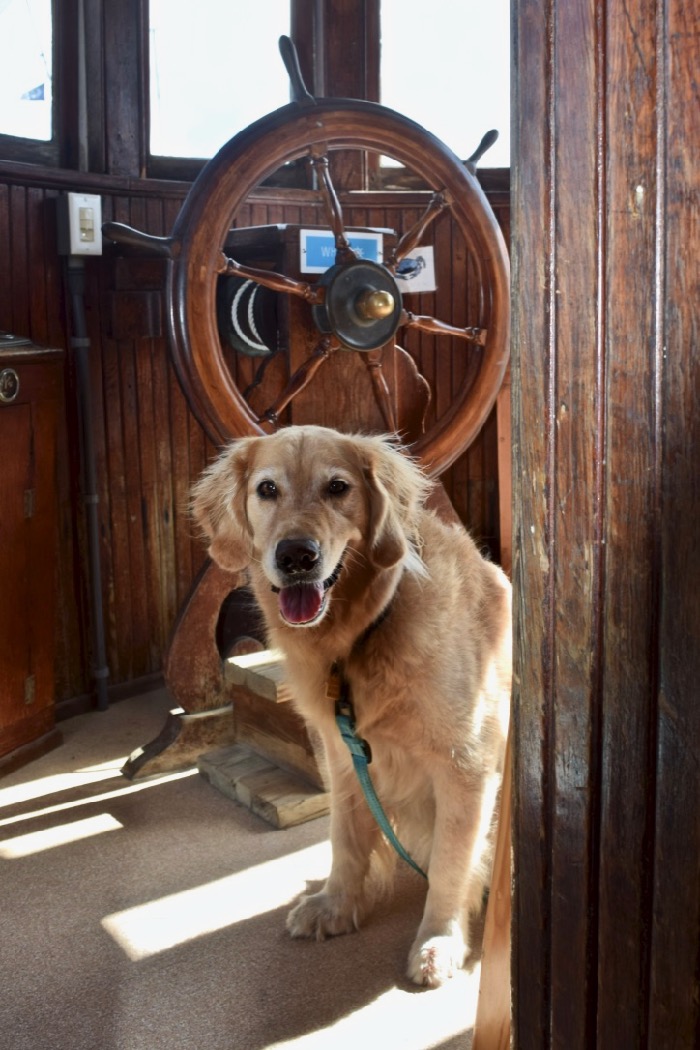
How To Be A Successful Trainer
Don’t forget these important principles for training your dog:
- Use frequent, short training sessions.
- End them while they’re still fun.
- The more difficult the behavior for your dog, the more appealing you must make the reward.
- Add distractions gradually.
- If your dog has a setback, slow down and go back to the previous step.
My training tips are fairly simple. But if you’re interested in learning how to train more behaviors, visit positive training sites like Karen Pryor’s on clicker training or Victoria Stilwell’s Positively.
The Benefits Of Training Before Traveling
Taking time to teach these commands to your traveling dog means you’ll both be more relaxed in new situations. It also allows you and your dog enjoy being together even more. Training builds your bond and gives both of you more confidence in each other.
On top of all that, it gives you a fun activity to practice on the road. When everyone is feeling squirrelly after a day in the car, there’s nothing like running through your training cues to work your dog’s brain and help tire her out!
Amazon Affiliate Disclosure: GoPetFriendly.com LLC is a participant in the Amazon Services LLC Associates Program, an affiliate advertising program designed to provide a means for website owners to earn advertising fees by advertising and linking to amazon.com, audible.com, and any other website that may be affiliated with Amazon Service LLC Associates Program. As an Amazon Associate, the owner of this site earns a commission from qualifying purchases.
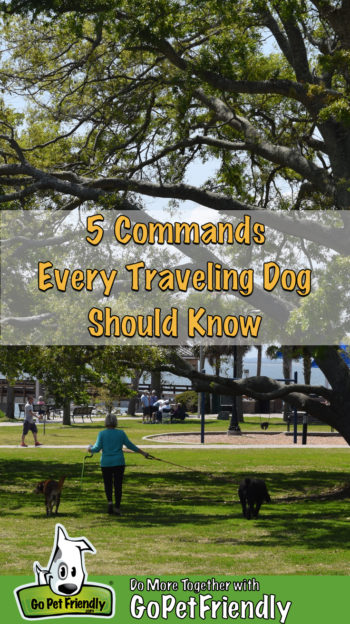
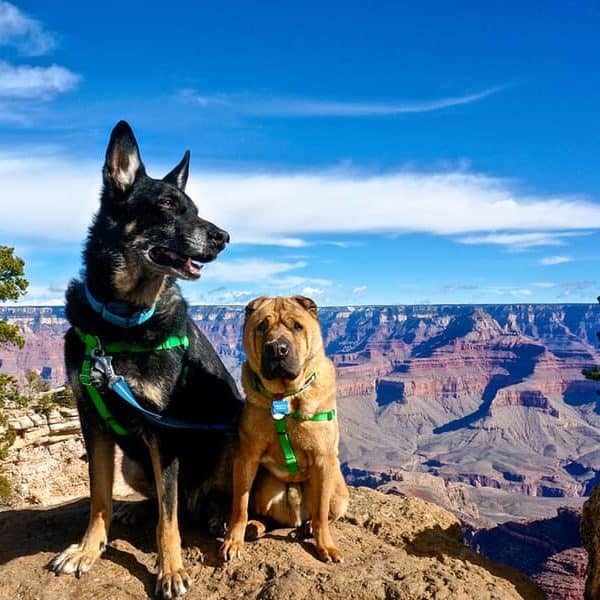
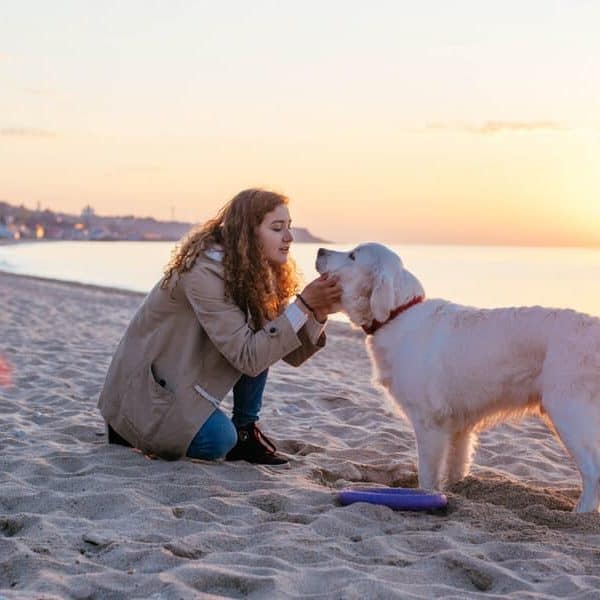
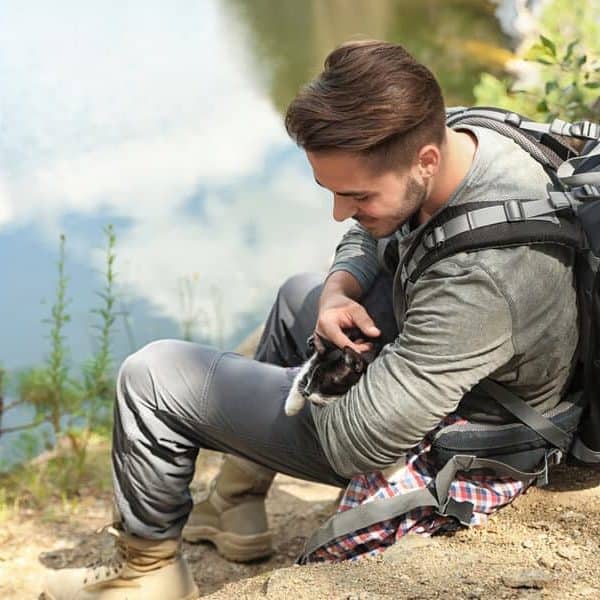
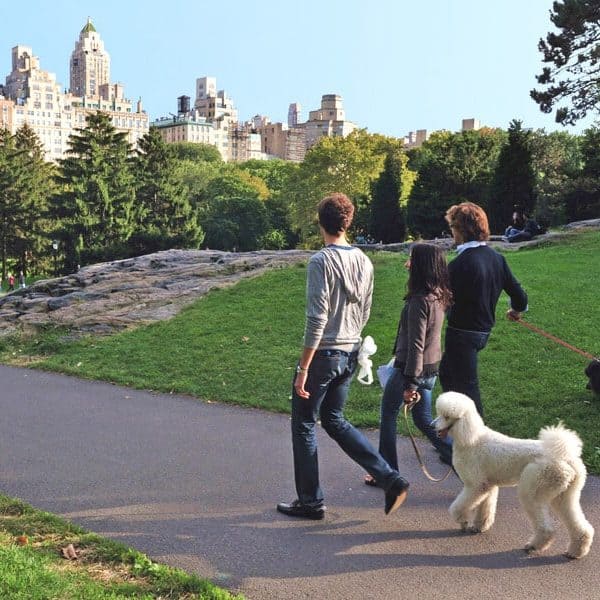
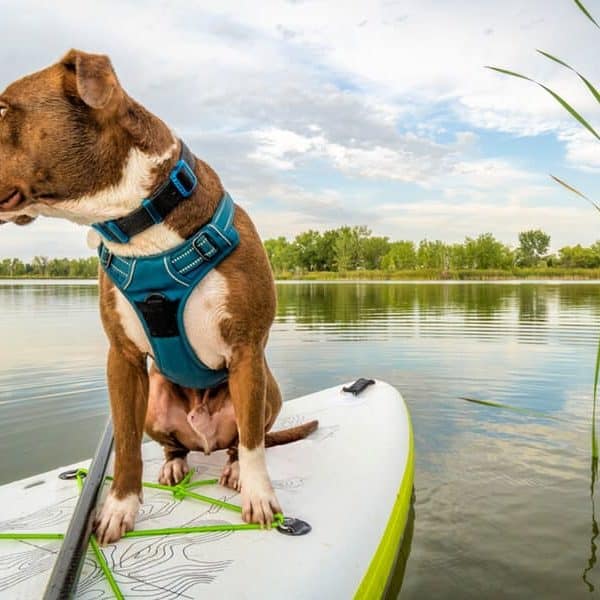
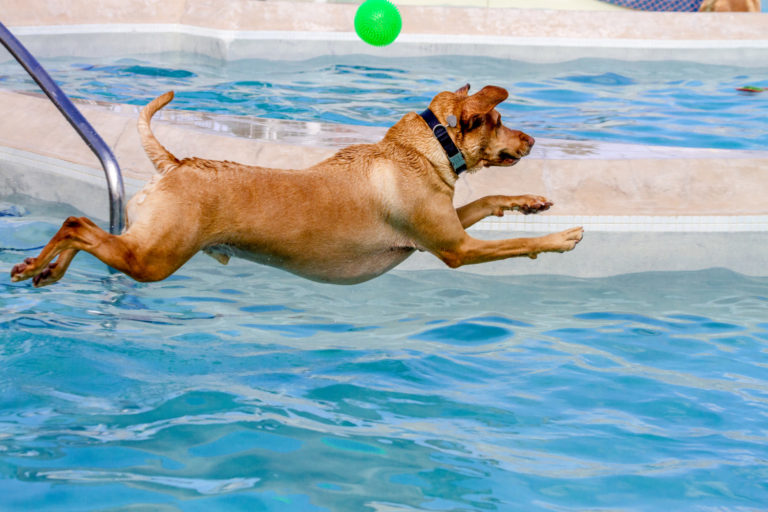
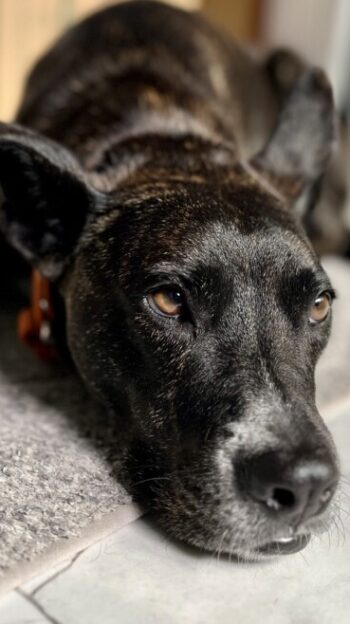
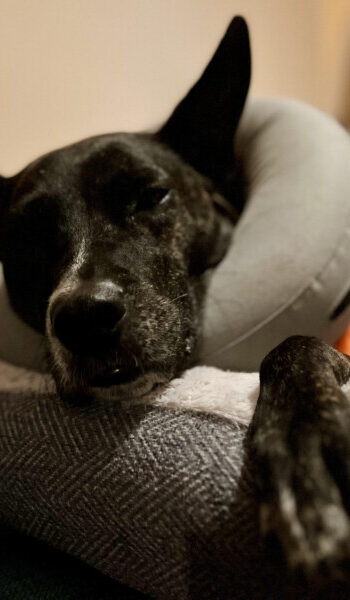
My dog does not like to wait i can assure you